April 28, 2025
Light Up the Night with Fireflies: New Episode
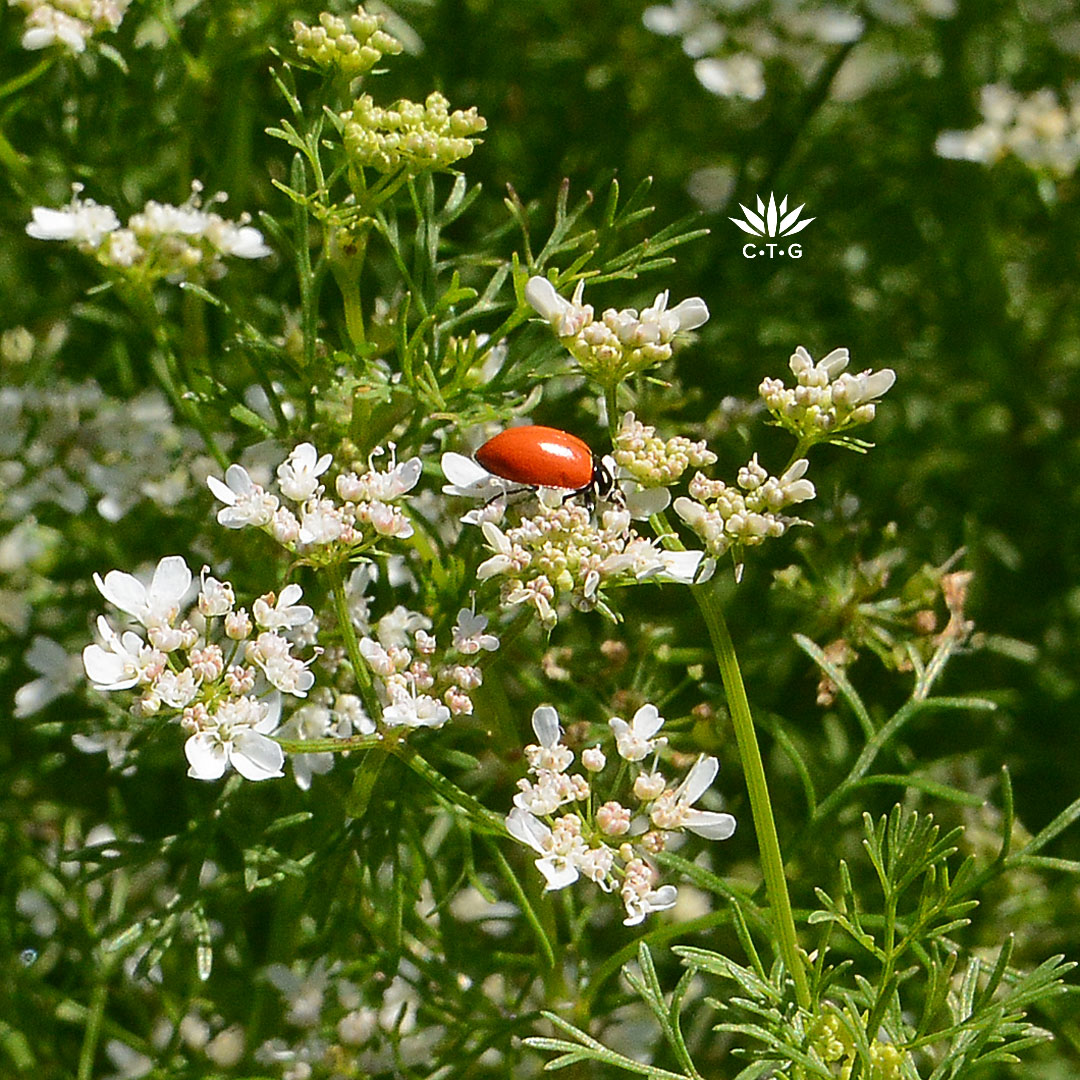
What a happy coincidence last week when I spotted the season’s first ladybugs and watched the first fireflies click on their little lamps. No doubt you already know that ladyBUGS are actually beetles.
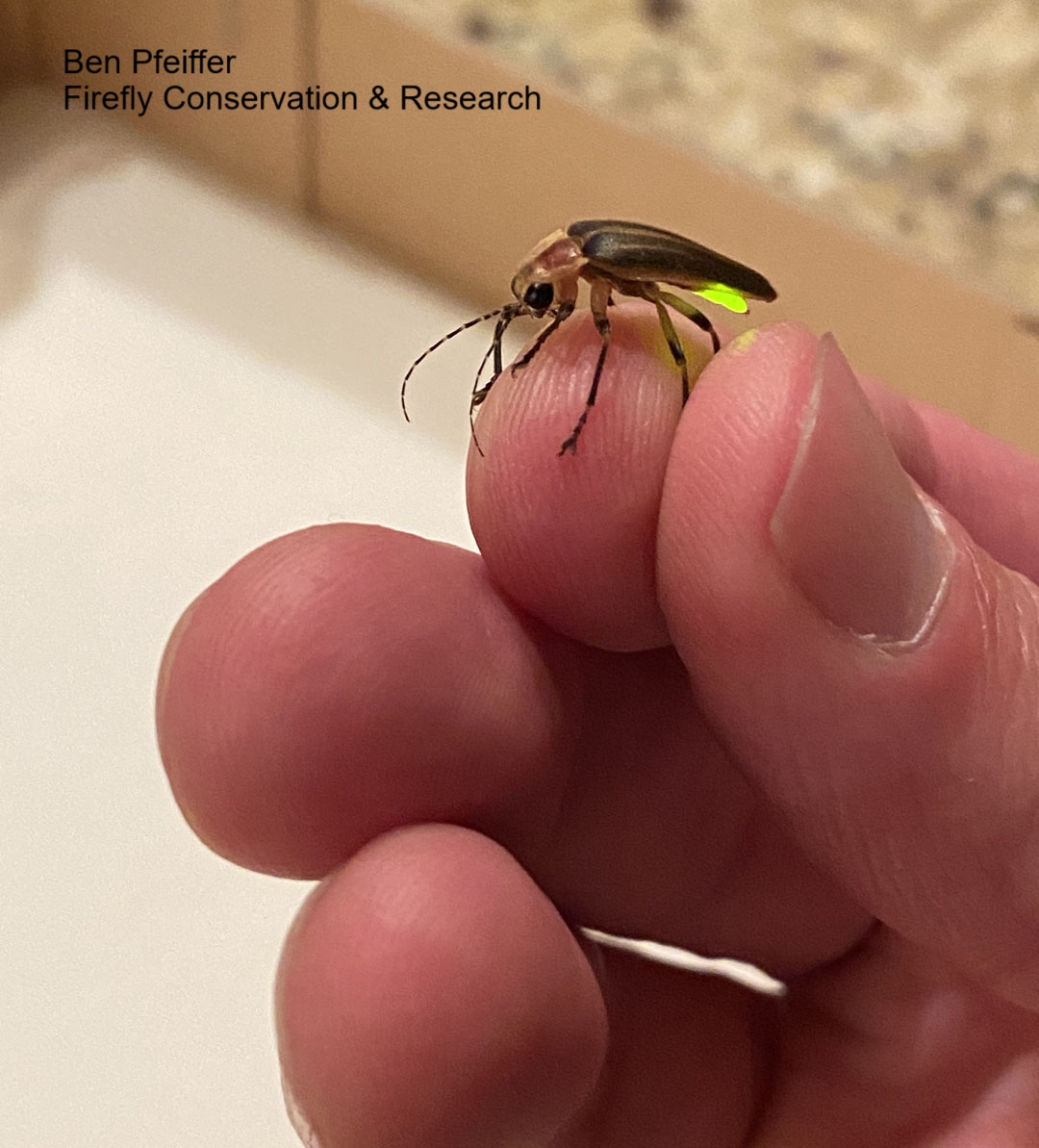
Fireflies are beetles, too, and just like ladybugs, they can fly. The difference is that fireflies belong to the family Lampyridae, many of which emit light. In Texas, we’ve got 45 known species of the genus Photinus–fireflies–distinguished by various flash patterns. Since their romantic aura turns on at night, unwitting gardeners might mistake them for plant pests by day.
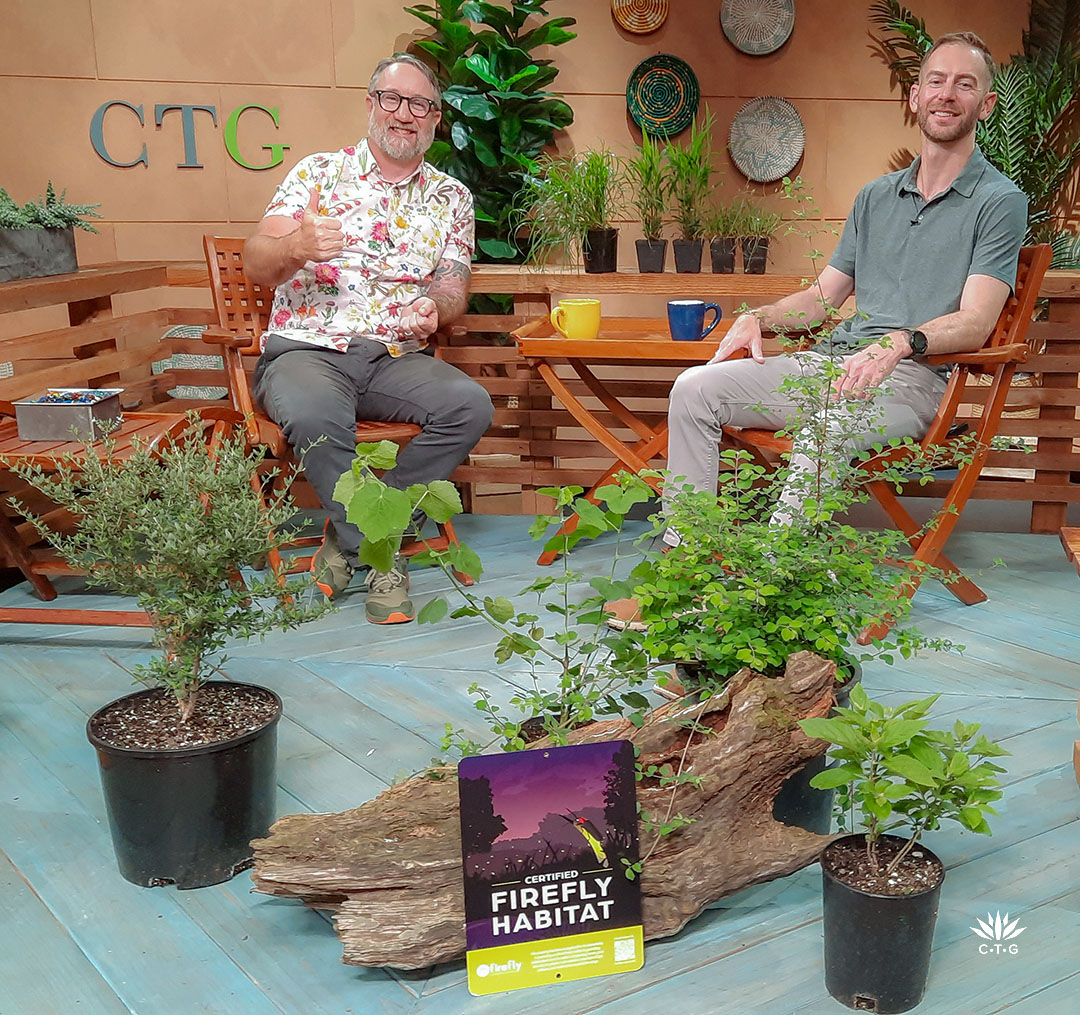
Pesticides, habitat loss, and light pollution are extinguishing those magical summer glow lights. So, this week, John Hart meets with Ben Pfeiffer, founder of Firefly Conservation and Research, to learn how we can help.
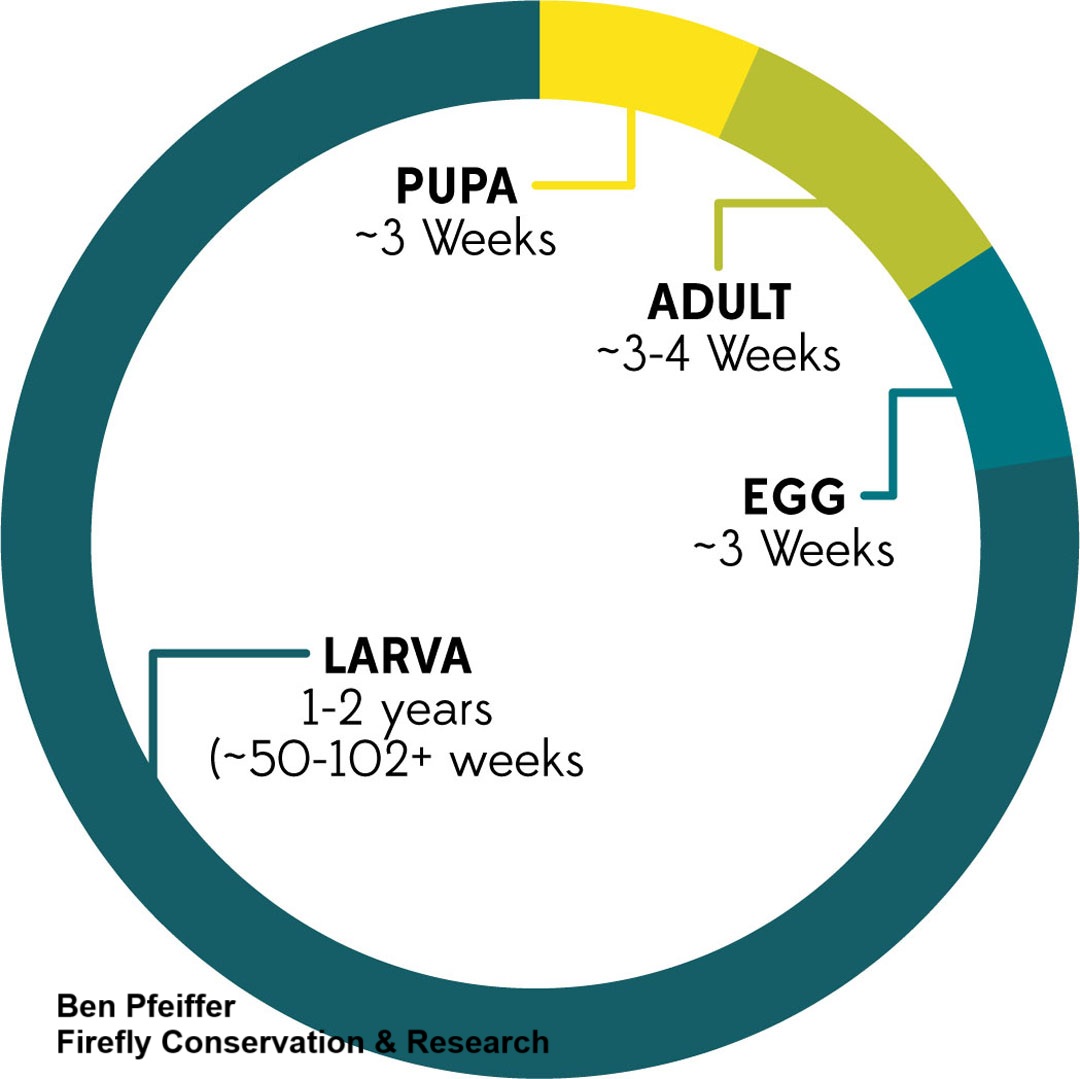
The adults that spark such joyful squeals actually only live two to three weeks. It’s what’s underground that counts for those future flashy shows. “Each species has its own distinct flash pattern, and it’s how they tell each other apart at night,” Ben says. “There are some males that flash and some females that don’t, and vice versa.” After mating, females can lay thousands of eggs. The larvae live for approximately one to two years, crawling along the ground and in leaf litter.
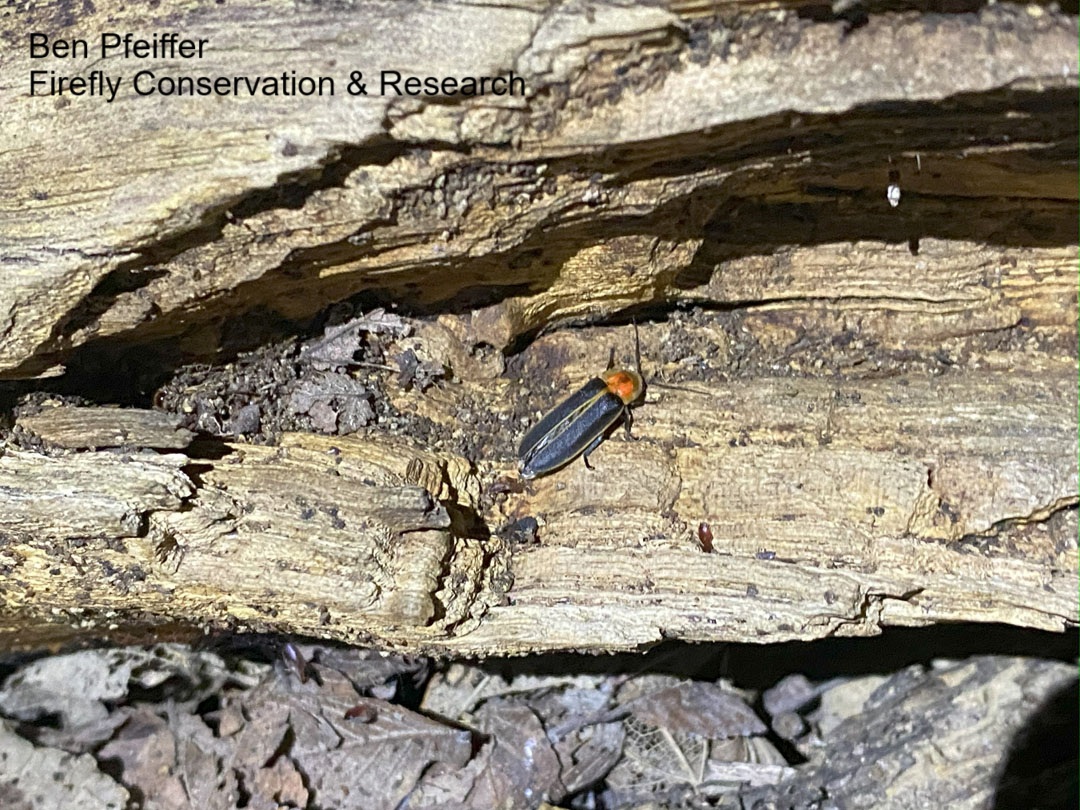
That’s why it is so important that we provide habitat. Leave the leaf litter and logs to shelter larvae and to keep the soil moist. Adults hang out underneath logs or rocks during the day to avoid dessication. Since the larvae eat snails and worms, avoid pesticides. A diverse habitat of perennials and deep-rooted clumping grasses improves soil texture.
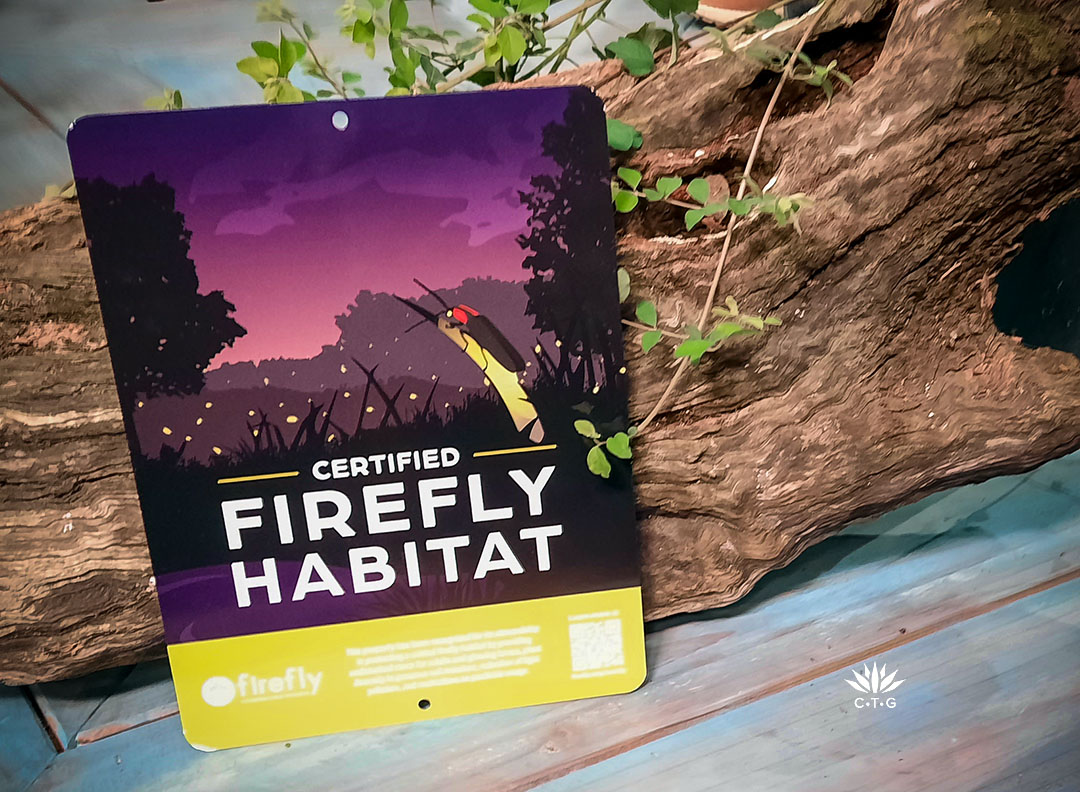
Check out Firefly Conservation and Research for firefly facts, habitat ideas, community events, and to certify your yard as a habitat.
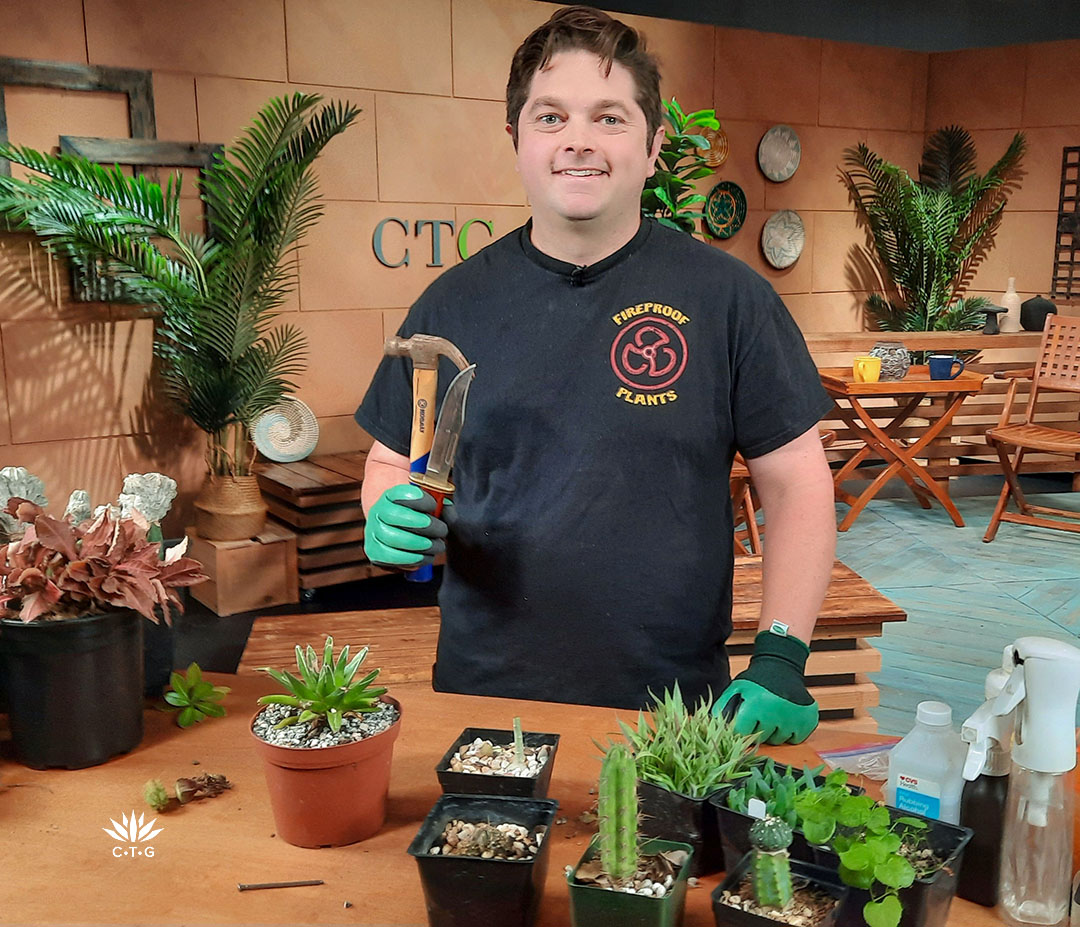
Grab a hammer, nail, utility knife and even some scotch tape to graft and propagate succulents with Carder Nastri from Fireproof Plants. Learn how to take cuttings and how a hot nail speeds up agave offsets.
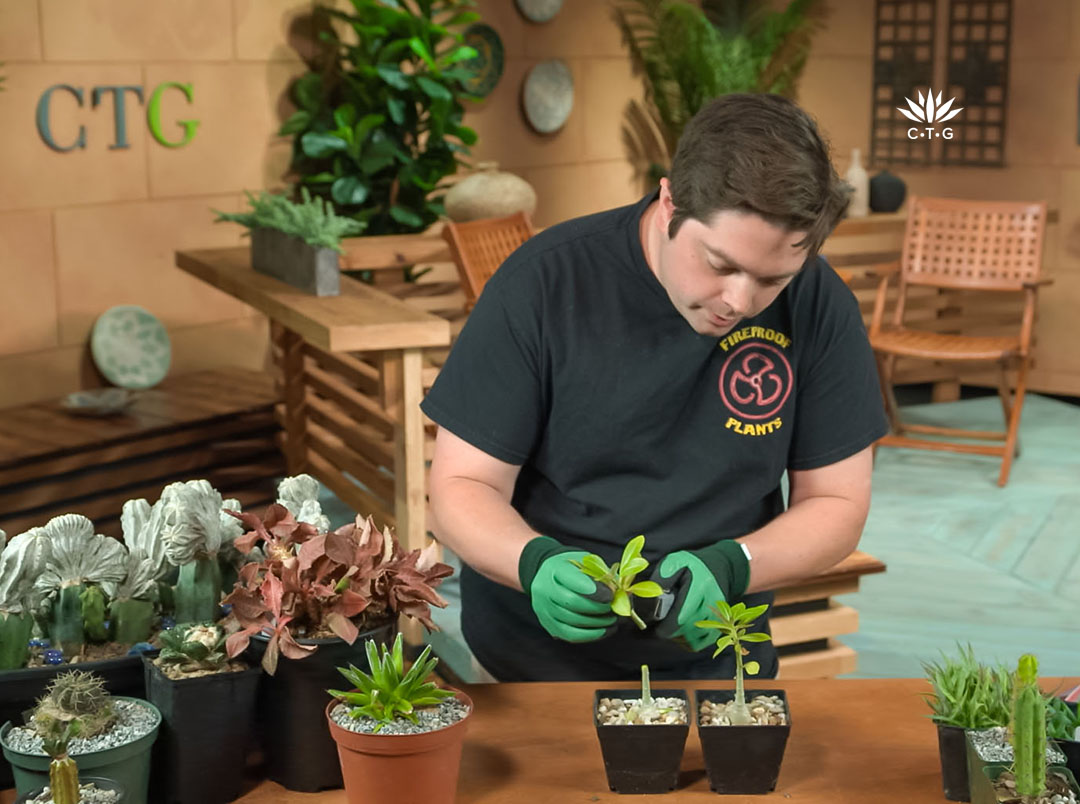
Grafting allows us to fuse two plants in order to get faster growth, bigger flowers, unique forms, hardiness, or even different color flowers. He demonstrates horizontal grafting with a cactus, and vertical grafting with these adeniums (desert rose).
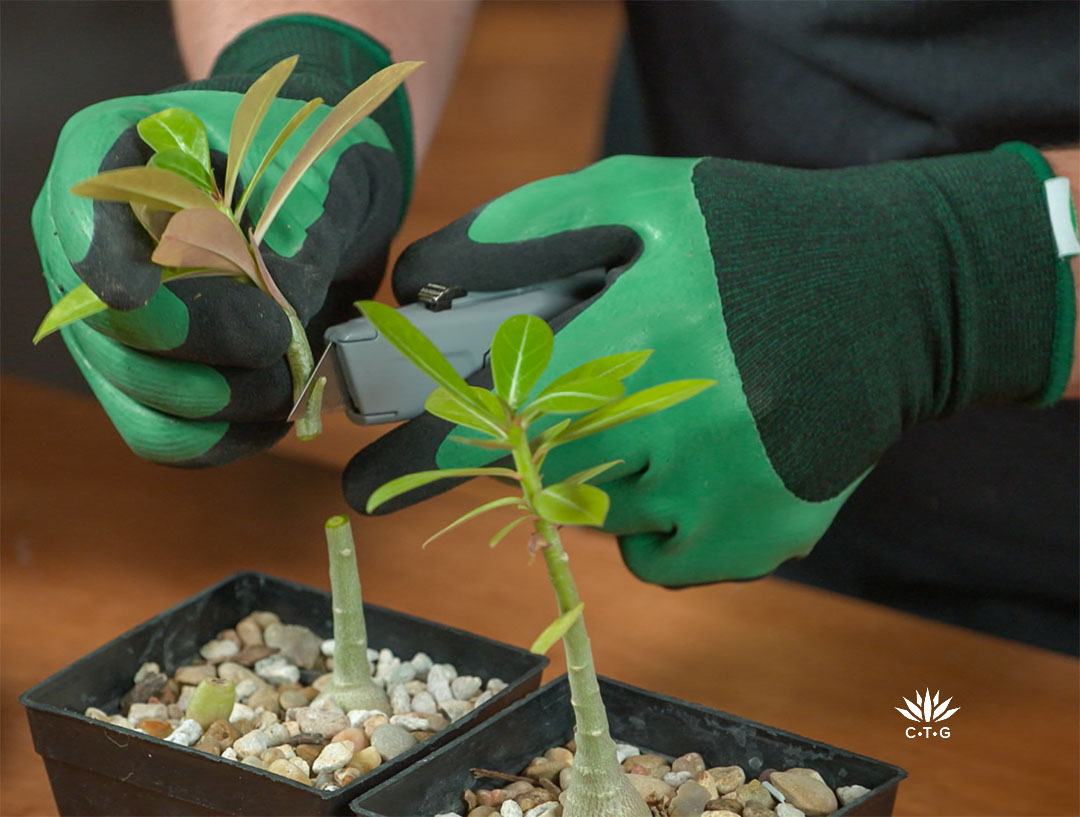
It takes a little finesse and steady hands, for sure, but it’s quite easy and totally fascinating!
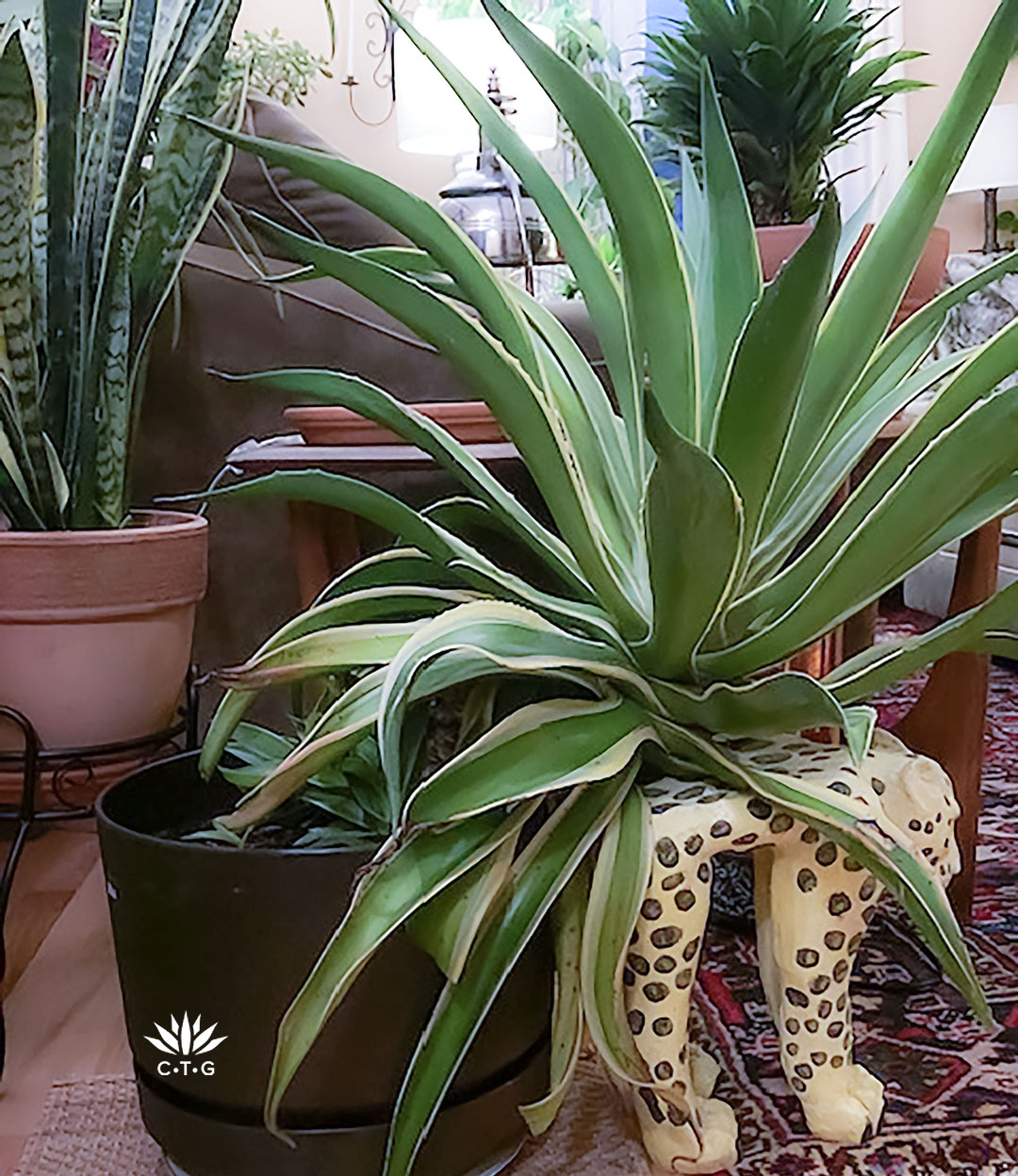
So, what about beheading an overgrown agave that’s spilling out of its pot? Sounds sort of scary, but actually it’s not! Daphne and Carder answer Gineen Cooper’s question about her foxtail agave that’s leaning over in a C-shape.
Carder told us that foxtail agaves tend to form kind of a long trunk. He suggested: Cut the head off right at the base of the rosette, then root the decapitated head after allowing the cut surface plenty of time to heal and callus over. The remaining stump will also sprout new life in time, and a couple of new heads. Use perlite or pumice as the rooting media to ensure good drainage and to keep the succulent stem from rotting.
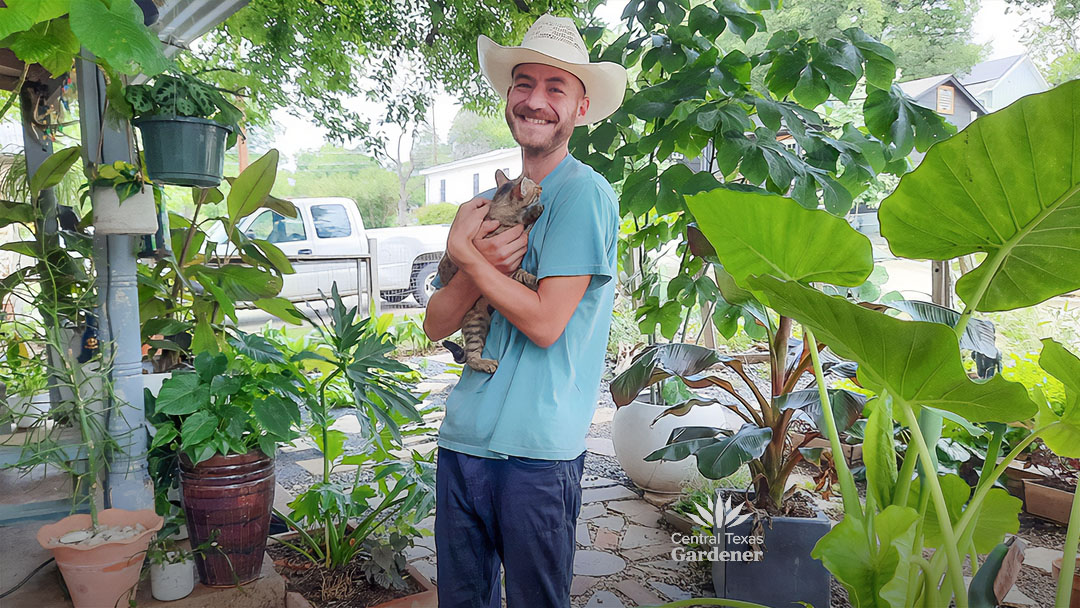
On tour with Cyrano Carroll, love germinates at a rental house. Even though his mom’s a supreme gardener, Cyrano Carroll wasn’t keen on digging in until a chance opportunity changed his life.
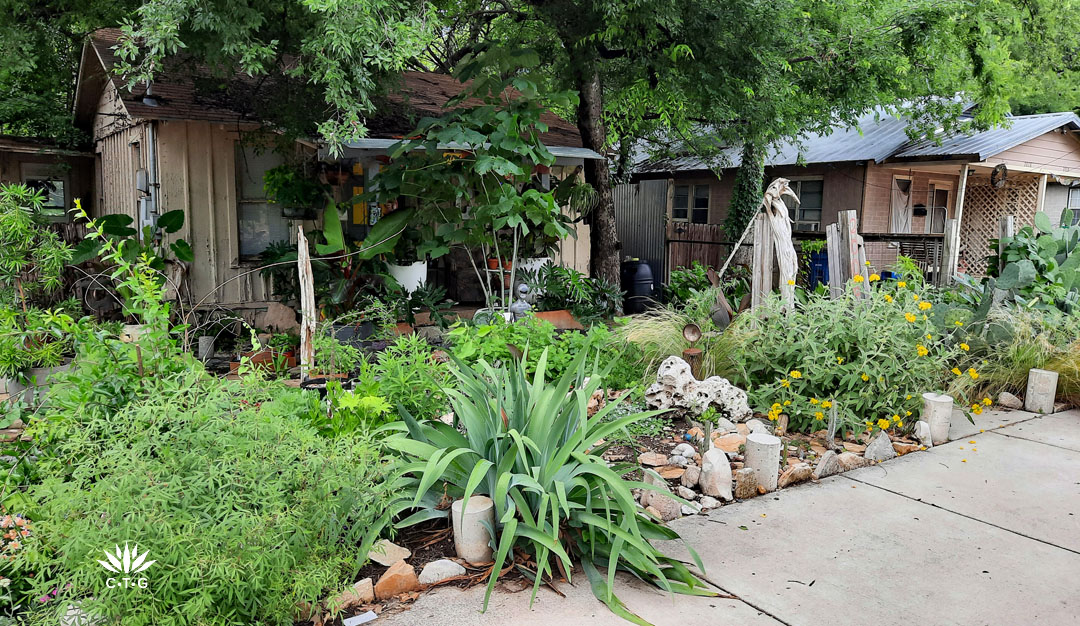
Quickly, he discovered an artistic landscape design eye. Starting with a few of his mom’s pass-a-longs, he turned an eyesore rental house yard into a fascinating destination of tropical and native plants, herbs, and small ponds from repurposed basins.
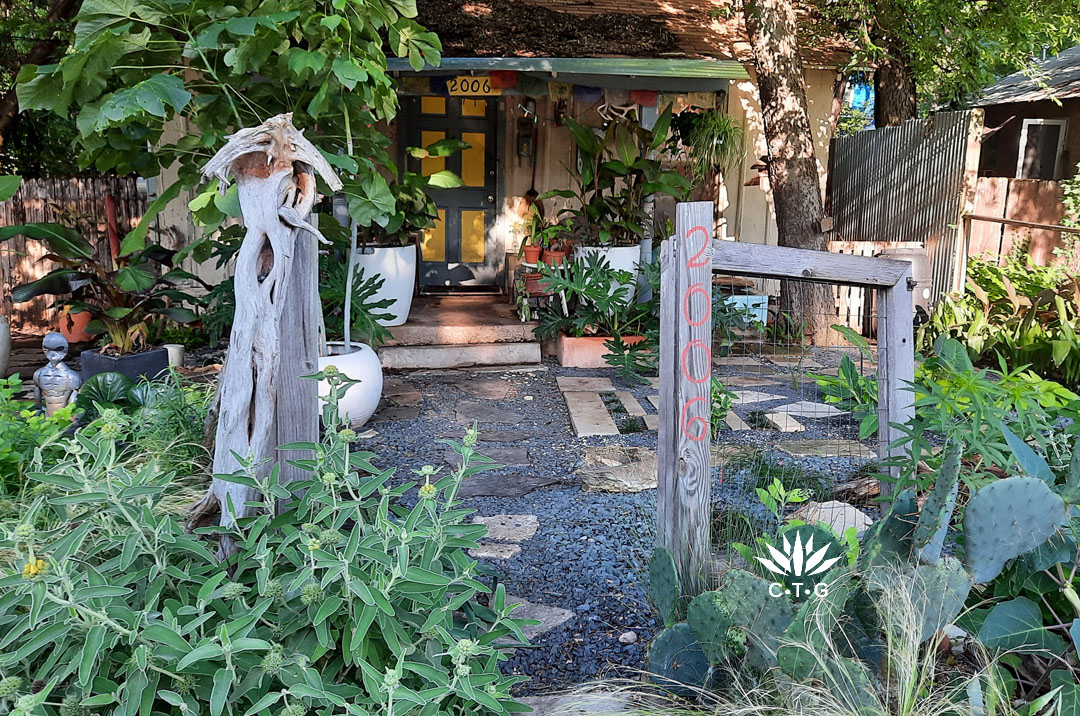
And it didn’t take long for pollinators–including fireflies–to show up, since he offers all the right ingredients for a happy habitat! Read more and watch his garden now.
Thank you for stopping by! Next week, see how the Capital Area Master Naturalists are making a difference.

